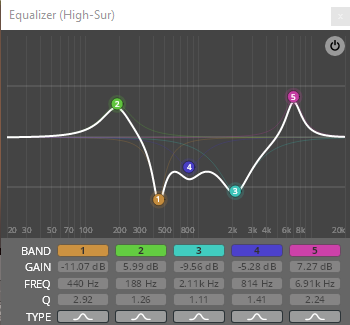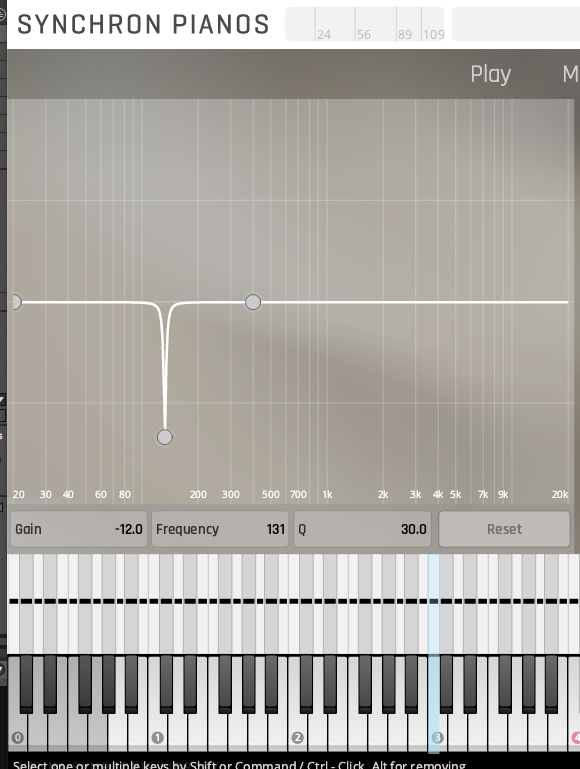Hi there,
According to this article
https://vi-control.net/community/threads/synchron-player-custom-mixer-preset-guide.130056/
Seems like Ben from VSL revealed that there are resonances in Synchron libraries, specifically Strings Pro and Elite strings.
This is extracted from the webpage:
"2a. How to find resonance frequencies
Set Q of an EQ band to ~10, pull it up +10-15dB and sweep through the frequencies while playing different notes. If you notice a frequency ringing on almost all keys, you found it.
Adjust the Q to ~3-5 and set the gain depending on the strength of the resonance to -3dB to -10dB.
Hint: These values may differ in an external EQ since the Synchron Player provides an economic no-latency EQ."
To clarify matter, resonance are a physical phenomanol of the room where the recording takes places. It is not easy to hear resonance but when you hear it, you can't unhear it. Clues of resonance include a persistent tone that smear overs multiple notes. More information can be found at :
I am quite surprised. I would have thought resonance frequencies would be removed in something as high end as VSL Synchron libaries? Or is it something that is prevalent due to the multi microphone environment?
As a part time sound engineer, I spend many many hours find and removing resonance with EQ fix and Soothe. This is usually due to home made recordings. But I do not find resonances in even cheap libaries like Impact Soundworks. I am quite taken back that resonance would exist in a high end product from VSL.
I have asked VSL support on this matter twice, since mid december but I have not gotten any reply.
Does anyone have any comment on this?
Thomas


